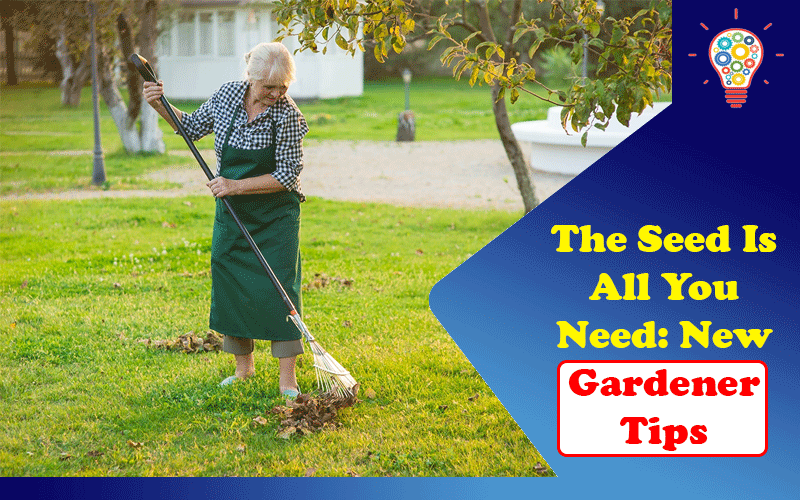As spring approaches and everyone becomes more eager to start getting outside, it’s also time to start planning your garden.
Whether you’ve only dreamt of having a garden or have failed at a successful harvest in summers past, this guide can help you prepare. Being a new gardener has its challenges, but it can also be incredibly rewarding.
From picking a plot site to choosing the right seeds to plant, there’s a lot to learn. If you’re ready to commit to your garden project, follow these steps to get on track for a beautiful harvest this year.
Table of Contents
Finding a Site
The first step to start a garden is to decide where it’s going to go.
When selecting your spot, there are a few considerations to keep in mind. You might want it near a hose so that you can keep it properly watered, especially during dryer or hotter days.
You’ll also want it to be in a place where you can see it often. Whether it’s on the way to your car or out the kitchen window, it will be a frequent reminder to feed, water, and check up on your plants.
Tracking the Sun
In planning your plot location, and before you commit to planting any seeds or seedlings you have, spend some time watching the sun. Many plants, especially young herbs or vegetable plants, will need lots of sun to thrive.
Follow the path of sunlight throughout your yard and make sure that your plants can get around six hours of sunlight daily.
Soil Selection
When you’re learning how to start a garden, it will likely be easier to use an above-ground planter so that you can control the soil types better.
Also, ensure that the soil type you choose is full of nutrients and can adequately drain any excess water.
Frost Dates
If you plant too early in the spring or forget to bring your plants inside early enough in the fall, you risk your plants dying from the frost.
Frost dates in the spring and fall will vary depending on where you live. Learn the average dates for frosts in your area so you can give your plants the best chance at success.
Which Plants to Choose
What kinds of plants you grow will also be somewhat reliant on the climate you reside in. Hotter and dryer environments will not be hospitable for the same species that temperate and humid environments will be.
Pick plants that are also easier to grow for a beginner gardener. Some vegetables that are fairly simple to grow include lettuce, tomatoes, green beans, and carrots.
Do your own research, too, and select some fruits and veggies that you and your family will enjoy.
When you’re ready to plant, you may also invest in a quality multi-use tool, like this Barebones Hori Hori, which can help you with digging and measuring soil depths.
Growing a New Gardener
Being a new gardener is a challenging, yet exciting venture to take on. Be open to the mistakes you’ll make, and learn as much as you can along the way. Soon, your efforts could lead you to a yummy harvest of fruits and vegetables. Visit this blog Madera arborists for tree planting tips.
If you’re looking for other great tips to prepare for spring, check out some of the ideas on our page to find your new inspiration.


4 thoughts on “The Seed Is All You Need: New Gardener Tips”